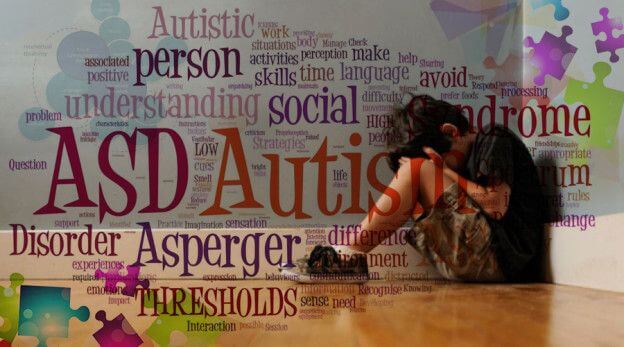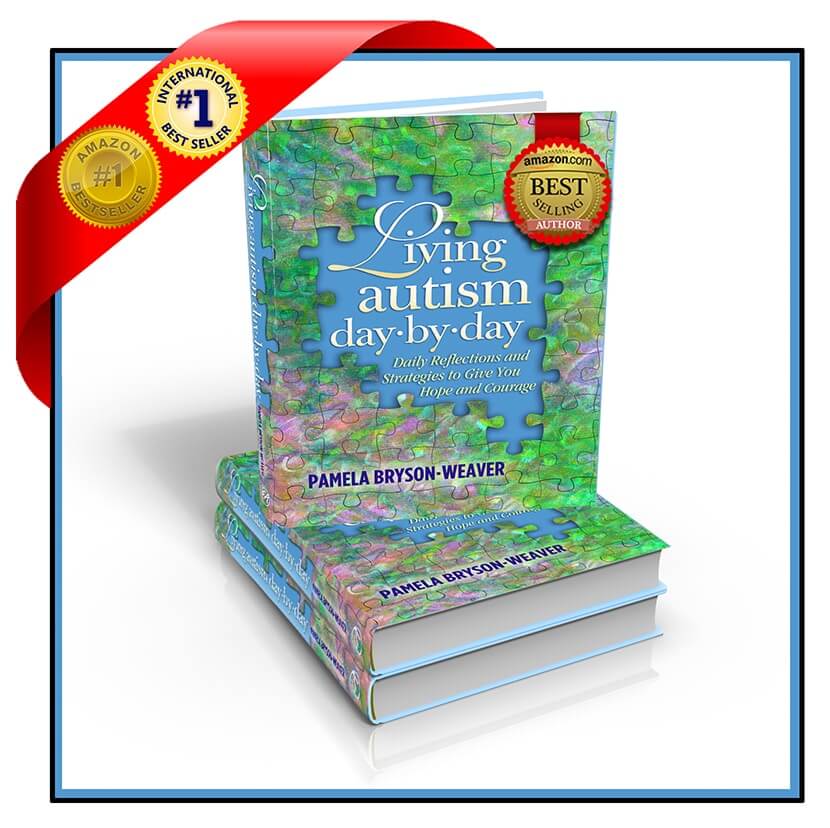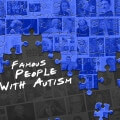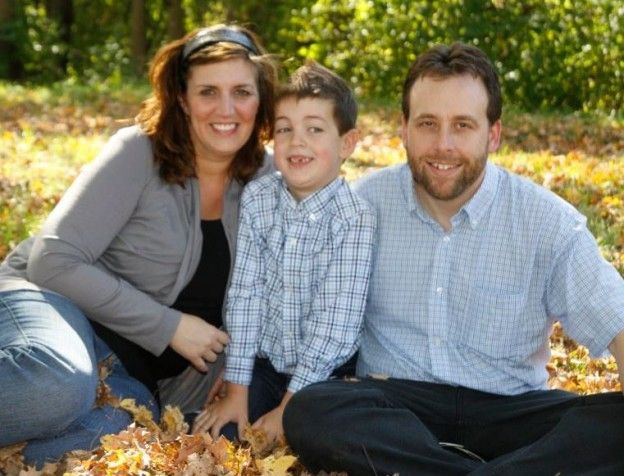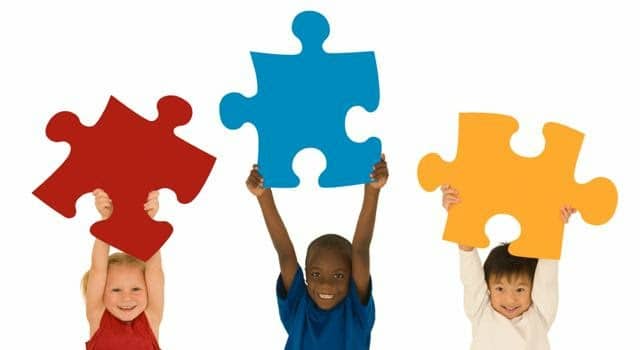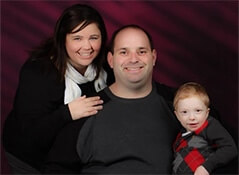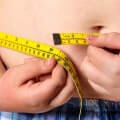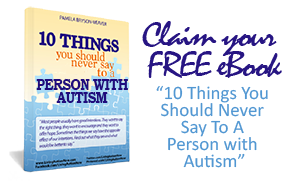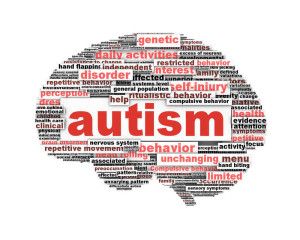 Most researches strongly suggest that autism is genetic in nature. However, up to this minute, the exact cause of such a wide spectrum of disorders is yet unknown. There is quite a variety of disorders attached to this developmental disorder earning its name—Autism Spectrum Disorders.
Most researches strongly suggest that autism is genetic in nature. However, up to this minute, the exact cause of such a wide spectrum of disorders is yet unknown. There is quite a variety of disorders attached to this developmental disorder earning its name—Autism Spectrum Disorders.
Each child with autism usually manifests different sets of symptoms making the diagnosis challenging to doctors, psychologists, and behavioral analysts. However, the following symptoms are some of the basic markers noted among many kids diagnosed with ASD:
- inability to socially interact with others
- lack, if not rejection, of physical contact and intimacy even with parents and siblings
- inability to make direct eye contact with others
- lack, if not absence, of verbal skills
- has echolalia or make repetitive words and phrases
- manifests repetitive motor movements or actions
- easily gets preoccupied with something
- finds noise insufferable
- relies on consistent routines and rituals
Diagnosis Guidelines
These symptoms can sometimes resemble other medical issues, thus, consulting a physician for diagnosis is essential. So, how is ASD diagnosed? As a silent rule, the earlier autism is diagnosed, the more effective the treatment is. A standardized guideline was developed among 11 different organizations and was subsequently published in the journal of the American Academy of Neurology. It clearly states that “all children below the age of 2 years must be routinely screened for autism and other developmental delays”. Furthermore, all children showing developmental delays and/or behavioral disorders must be tested for ASD. First level of diagnosis usually involves testing for:
First Two Years
- zero verbal skills by age 18 months
- loss of language skills
- loss of social skills
- no gesturing, babbling or pointing ability by the age of 1
- non-echolalic expressions by the age of 2
Pre-schoolers
- lack of joint attention (when a person “shares” an experience with another)
- lack of affective reciprocity (occurs when a person “shares a moment” with another)
- limited imitative ability
- limited, if not lack of, pretend play
The second level of autism screening is usually performed when the child is positively identified with developmental delays during the first screening. This in-depth screening is usually done to differentiate autism from other forms of mental, language and anxiety disorders. The second level screening is usually a more formal and profound diagnostic procedure done by a skilled and experienced diagnostician on ASD. This usually involves a complete medical history, neurological evaluation, metabolic and genetic testing, CT Scan, MRI, PET scan and other electrophysiologic tests, psychological evaluation, and many more.
Treatment and Therapy
Autism Spectrum Disorders are known to have no cure. However, these disorders can be managed with a highly specialized behavioral and educational programs designed mainly for ASD. As children with autism has varying needs, each child can have a different set of symptoms, diagnosis, and therefore, treatment like behavioral therapy, behavioral modification, and other special education programs covering social, motor, verbal/language/speech, self-care, and cognitive skills. Some children with ASD require medication while others do not. Specific treatment is usually decided upon the following criteria: a child’s overall health and medical history, symptoms and extent of the disorder, a child’s tolerance to medications and therapies, expectations and opinion/preference of the parent or family member seeking treatment.
Sources:
WebMD
Wikipedia
Mayo Clinic
Wisconsin Children’s Hospital
